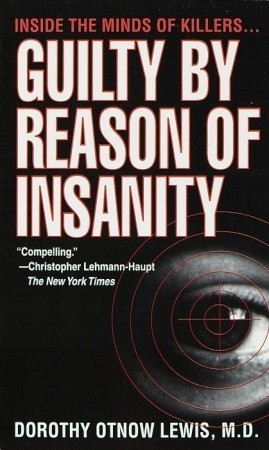What do you think?
Rate this book


352 pages, Mass Market Paperback
First published January 1, 1998
The more we understand about the genesis of violence, the harder it is to draw a clear line between guilt and innocence, sanity and insanity. We, as a society of thinking and feeling human beings, struggle within ourselves to cope with competing interests and motivations: the need for protection from dangerous people, sane or insane; the desire for revenge; the knowledge of the psychobiological and environmental influences on violent behavior; and the wish to adapt evolving standards of decency and morality. Guilt was a lot easier to measure before we recognized that free will, like sanity and insanity, is a constantly fluctuating intellectual and emotional continuum and not a fixed, immutable capacity or state of mind. In response to our struggles to strike balances between what we feel we'd like to do to people who commit grotesque acts of violence no matter what their mental state, and what we think perhaps we ought to do and ought not to do, jurisdictions have swung back and forth, changing from one definition of insanity to another, then back to the first, often in response to a sensational case of the moment.